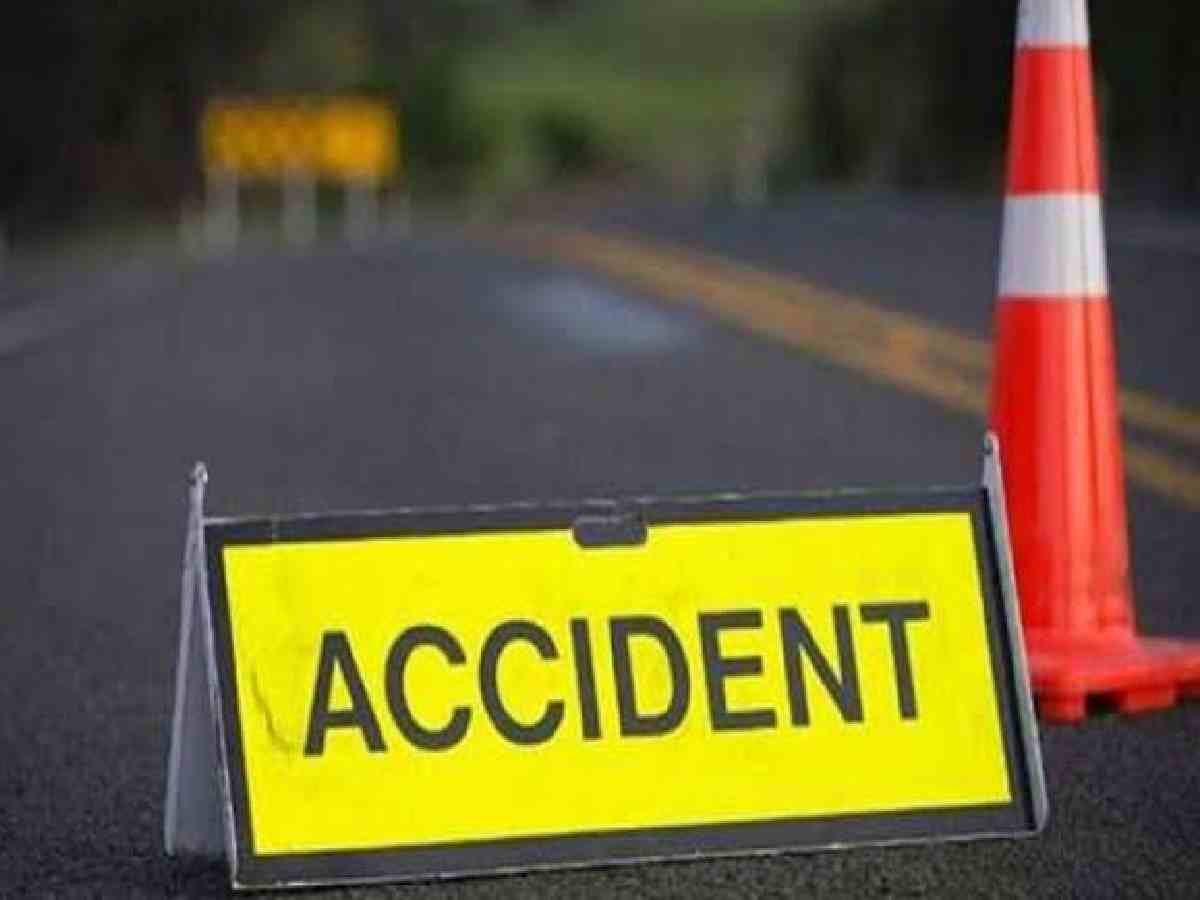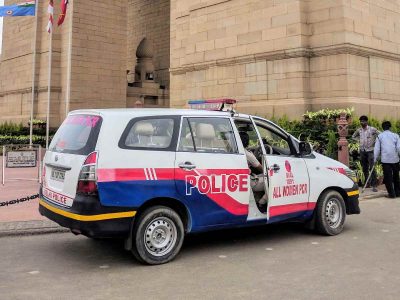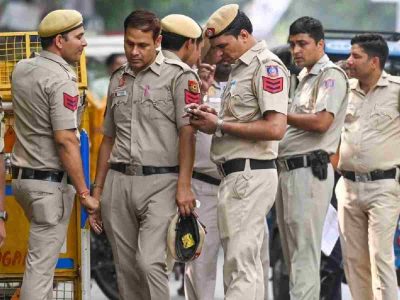Despite Delhi’s vast surveillance infrastructure and ongoing traffic management efforts, fatal accidents across the city are on the rise. Key expressways and arterial roads remain poorly regulated, with minimal police presence and inadequate enforcement of traffic laws.
According to Delhi Police data, the number of fatal accidents in the city rose to 1,504 in 2024 (January 1 to December 31), compared to 1,432 in 2023—a 4.7% increase. While this may not appear to be a drastic spike, authorities had anticipated a significant improvement in traffic regulation.
Delhi is the most surveilled city in the world, with 1,826 CCTV cameras per square mile, according to a Forbes India report from 2023. Ahead of Independence Day 2024, the police installed 7,000 additional AI-powered CCTV cameras, concentrating them in North and Central Delhi, particularly in areas where Prime Minister Narendra Modi delivered his address. The North district received 346 new cameras, while the Central district had 354 installed.
Today, the national capital has nearly two lakh CCTV cameras deployed by various agencies, including the Delhi Police, the Public Works Department, and the New Delhi Municipal Council. In addition, 500 AI-based Automatic Number Plate Recognition (ANPR) cameras are expected to be installed at traffic junctions, supplementing the 350 already in operation.
Yet, despite this extensive surveillance network, reckless driving persists, contributing to a steady rise in fatal accidents.
An investigation by Patriot has identified several high-risk locations where more than four unidentified victims lost their lives between January 1, 2024, and January 1, 2025. A ground report from these areas reveals the same underlying issues across the board.
The capital’s most dangerous roads
Delhi Police data highlights several locations as major accident hotspots. These include Civil Lines Ring Road, Yudhishthir Setu, Burari RCC Road (North district), Signature Bridge (North East district), Salimgarh flyover, Daryaganj Ring Road (Central district), and the Old Delhi-Gurgaon Road (South-West district). Among these, Civil Lines Ring Road and Salimgarh flyover stand out as the most perilous.
Civil Lines Ring Road: A fatal stretch
Civil Lines Ring Road has witnessed multiple fatalities over the past year, including at least three unidentified victims. The actual toll is likely much higher, with the last major accident reported in November.
The primary issue here is the absence of an adequate police presence. According to officials, the number of personnel deployed at this high-risk junction is significantly lower than at other accident-prone locations. As a result, traffic violations are rampant. “Drivers frequently ignore red lights, and given the width of the road, this becomes a serious safety concern,” said a traffic police official.
On November 4, a Delhi Transport Corporation (DTC) bus lost control and crashed near Monastery Market, killing 27-year-old police constable Victor and another man.
Earlier that same day, three women were injured when a car hit a divider in the Civil Lines area. Police officers who arrived at the scene found the vehicle engulfed in flames. The victims were rushed to a trauma centre for treatment.
Salimgarh flyover: A deadly bottleneck
Salimgarh flyover is another high-risk stretch where multiple fatalities have occurred due to reckless driving. The primary issue here is heavy vehicular congestion, particularly involving large trucks.
“At night, many truck drivers slow down or stop in the middle of the road, assuming traffic will be minimal. But that is rarely the case. They often come dangerously close to causing collisions,” a traffic police official explained.
On the night of January 15-16, 2024, a 40-year-old man was killed, and four others were injured when a car collided head-on with another vehicle on Salimgarh Road while heading toward Geeta Colony flyover. Police suspect poor visibility due to fog was a contributing factor.
A year earlier, on January 29, 2023, Salimgarh flyover saw a major accident involving four school buses that crashed into three other vehicles. The collision left 28 people injured, including 24 schoolchildren, three school staff members, and one civilian.
Also Read: Delhi: 24 infants found dead, abandoned in city in a year
The buses—belonging to Government Secondary School (Bhalswa Village), Government Sarvodaya Kanya Vidyalaya (Khajoori), and Government Boys’ Secondary School (C-Block, Dilshad Garden)—were en route to an educational trip to the zoo and Akshardham Temple when they crashed into an autorickshaw, a car, and a motorcycle.
What is causing the accidents?
According to Delhi Traffic Police, the primary causes of these fatal accidents are overspeeding, drunk driving, and a general disregard for traffic rules.
Joint Commissioner of Police (Traffic) Kime Kaming stressed the importance of road safety, saying, “Our objective is to ensure that people drive responsibly and reach their destinations safely. We have conducted multiple awareness campaigns, but many motorists continue to ignore them. If someone refuses to learn, no one can force them.”
He further noted that motorcyclists are among the most frequent victims of road accidents. “Most fatal crashes involving two-wheelers occur because riders do not wear helmets. However, larger vehicles are equally responsible, as drivers often speed, drink and drive, or fail to slow down at speed breakers. Pedestrians are also at risk due to reckless driving. In the case of car-related fatalities, failure to wear seatbelts is a major factor,” he added.
Crash data 2023
Delhi Traffic Police’s 2023 crash report identified 10 black spots with the highest number of accidents: ISBT Kashmere Gate, Mukarba Chowk, Libaspur bus stand, Kashmere Gate Chowk, Burari Chowk, Britannia Chowk, Bhalswa Chowk, Wazirpur Depot, Mori Gate, and Gandhi Vihar bus stand.
Additionally, 10 other roads recorded 10 or more fatalities in 2023, including NH-8, Kanjhawala Road, NH-24, Patel Road, and Pankha Road.
The report highlighted that pedestrians remain the most vulnerable road users, accounting for 43% of total fatalities, followed by two-wheeler riders, who comprised 38% of deaths in 2023.





